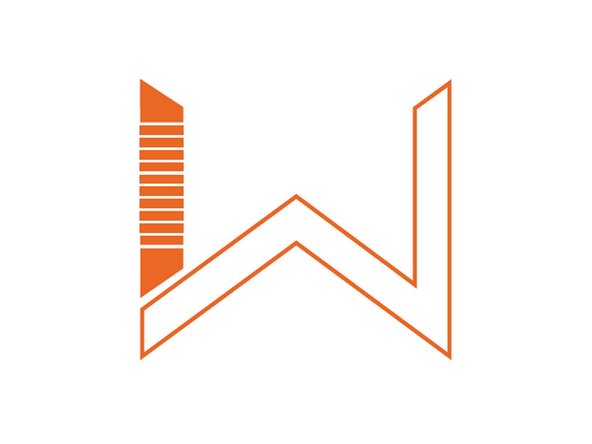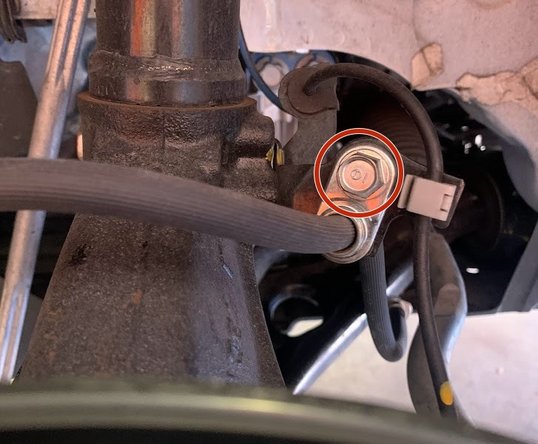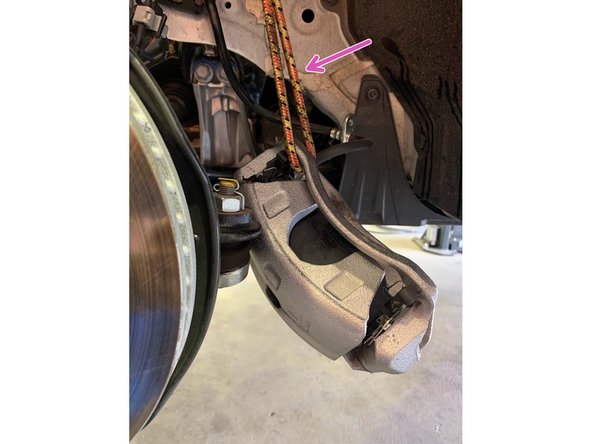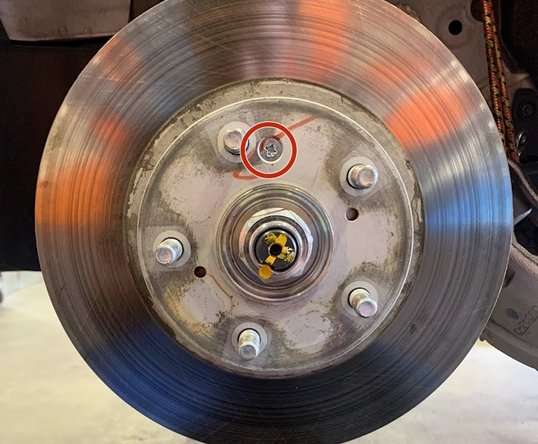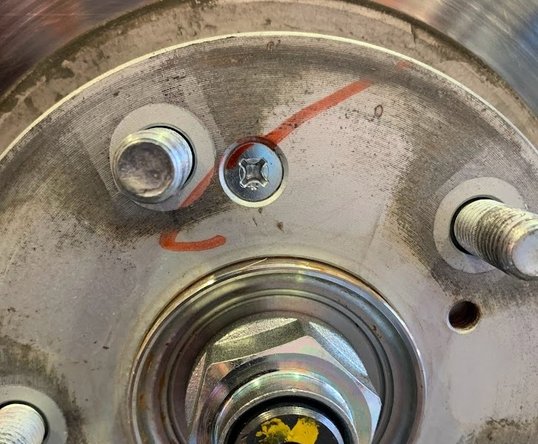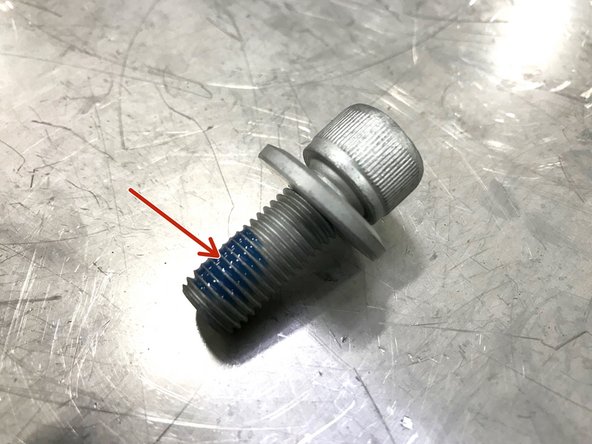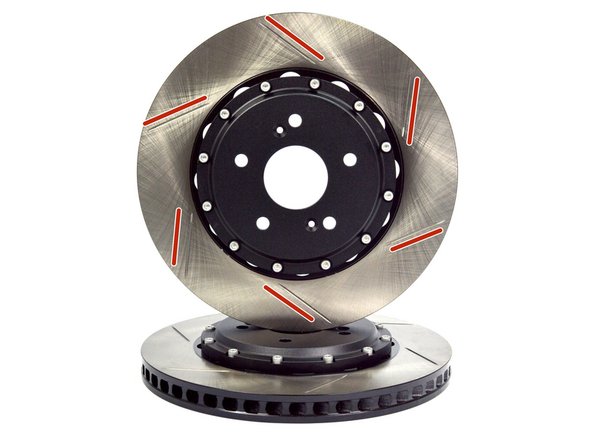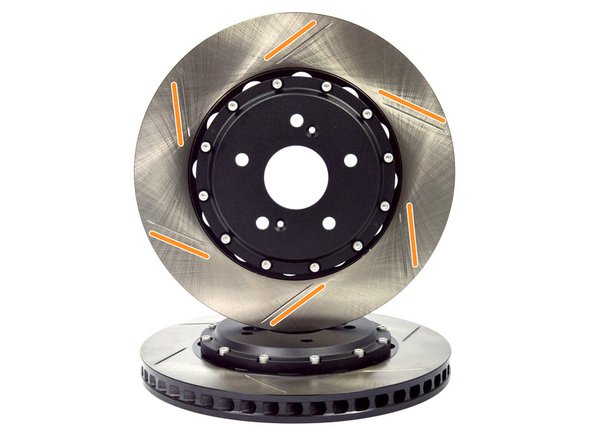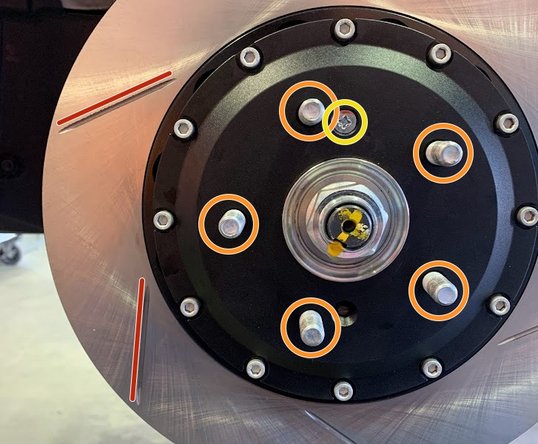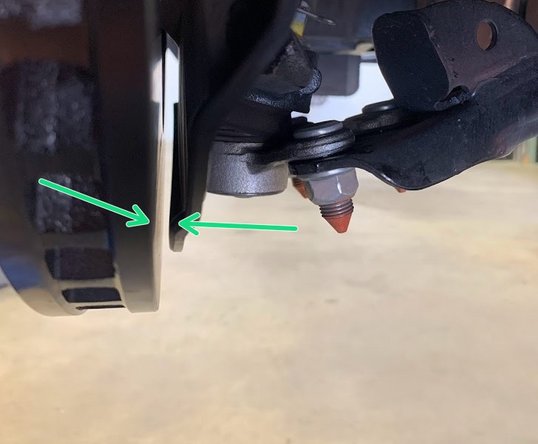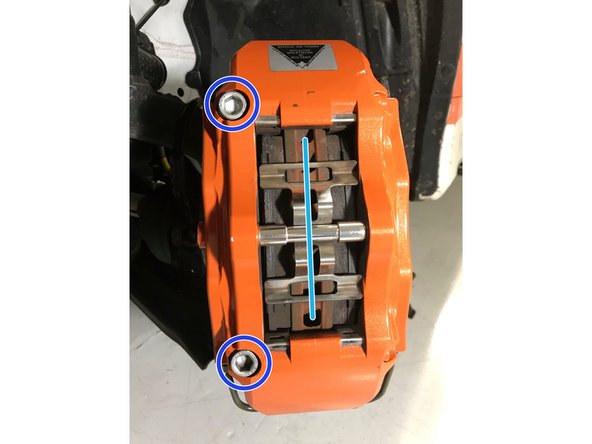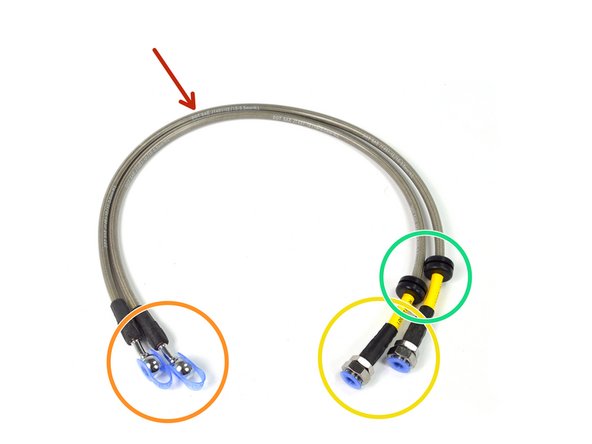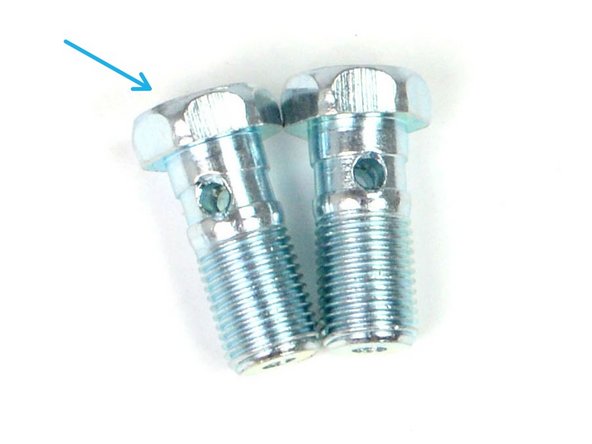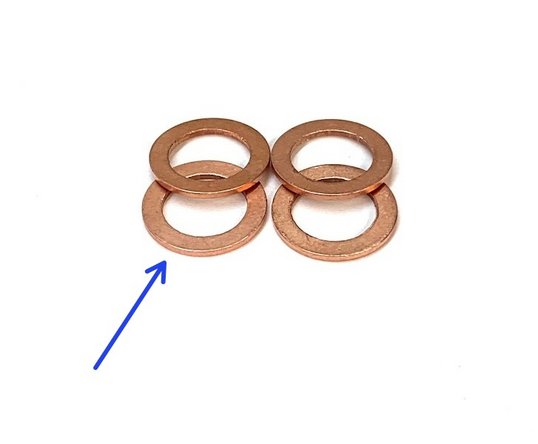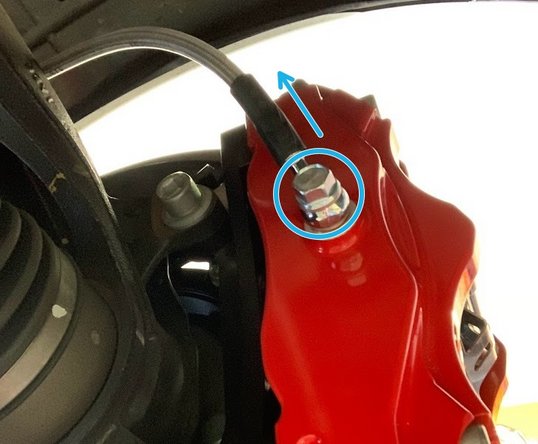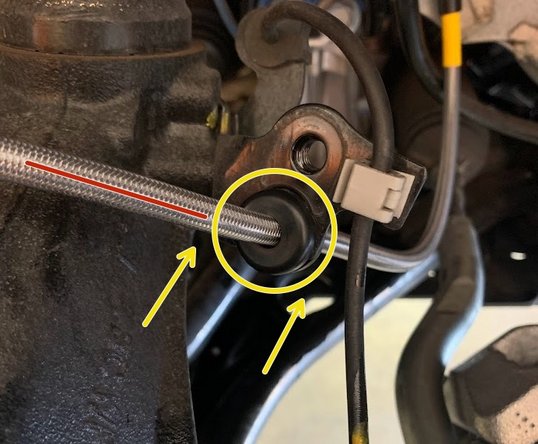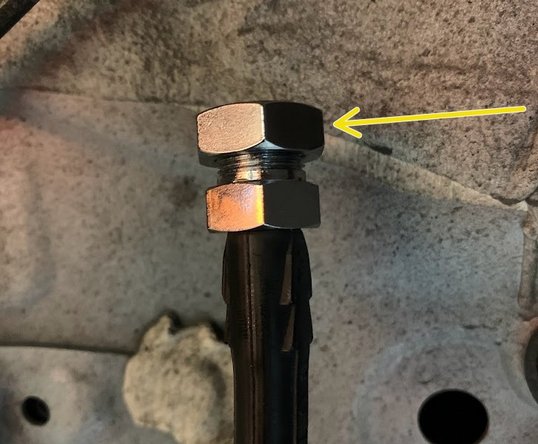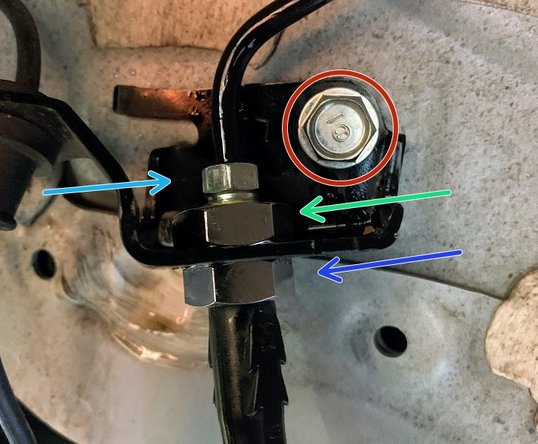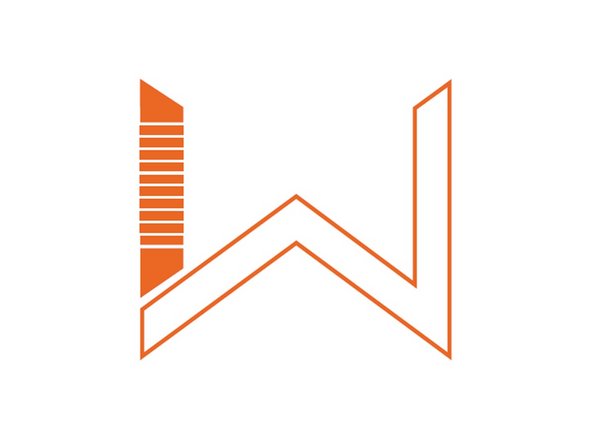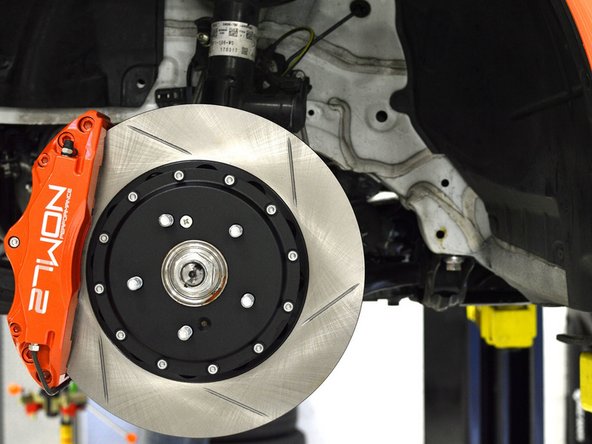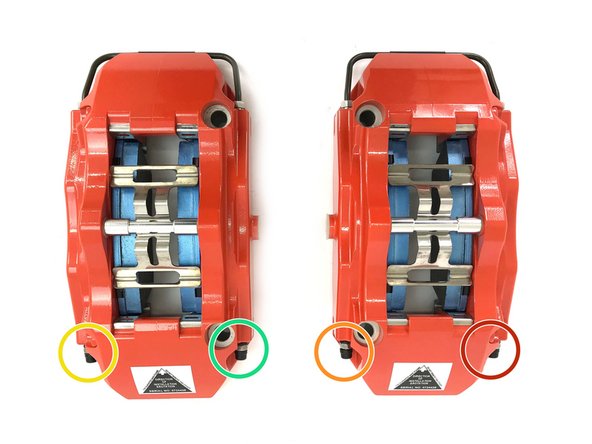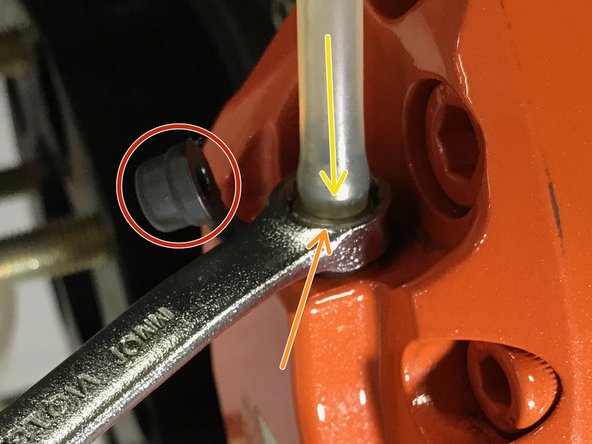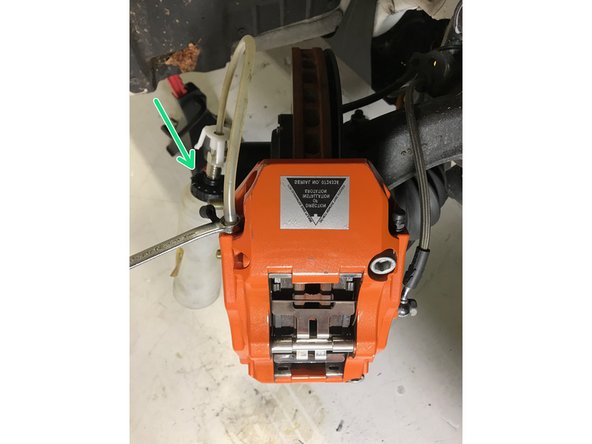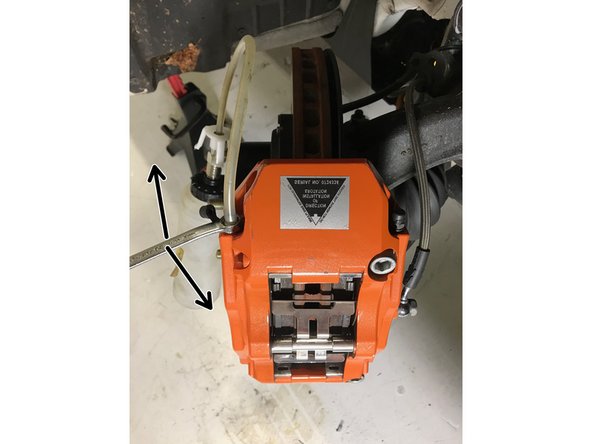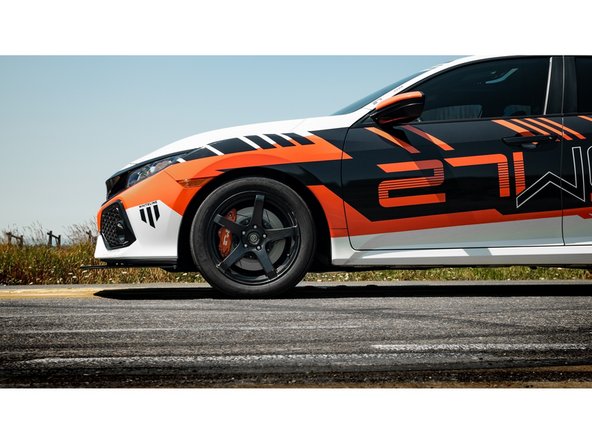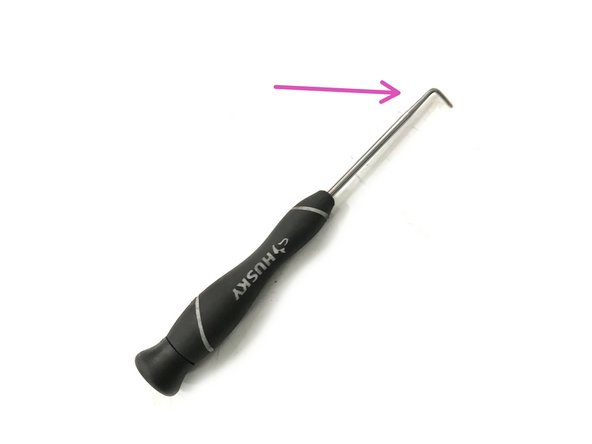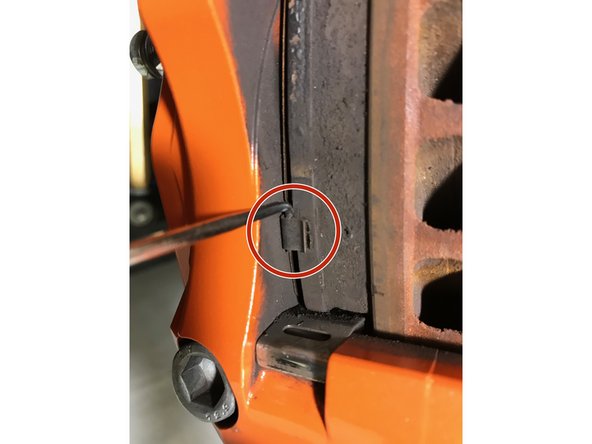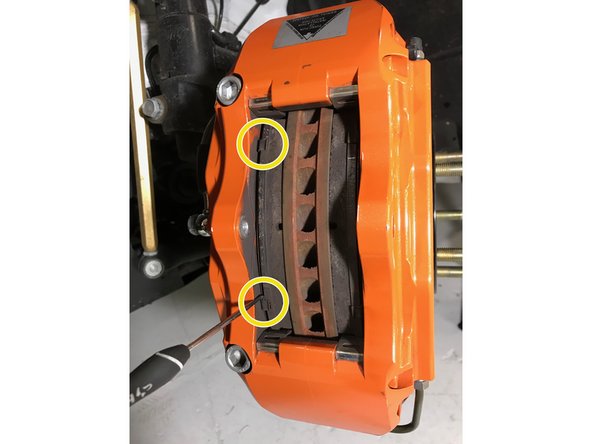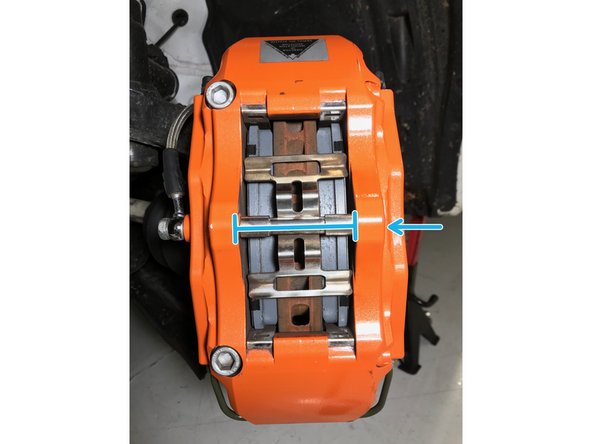Introduction
In this installation guide we have provided step by step instructions to remove the OEM front brakes and install the 27WON Performance Big Brake Kit.
Advisory:
- Working under the vehicle requires a safe and sturdy location for the vehicle to sit on jackstands.
- The brake rotors can be hot after recent vehicle operation. Allow the vehicle to cool or use a fan to cool the brake rotors before working on the vehicle.
Tools
- Hydraulic Jack
- Jack Stand × 2
- 1/2" Torque Wrench
- 1/2" Breaker Bar
- 3/8" Ratchet
- Lug Nut Socket
- 10mm Socket
- 12mm Socket
- 14mm Socket
- 17mm Socket - Deep
- 17mm Box-End Wrench
- 19mm Box-End Wrench
- 10mm Line Wrench
- 10mm Allen Key Socket
- Flat Head Screwdriver - Large
- Phillips Screwdriver - #3
- Pliers - Large
- Brake Fluid - DOT4
- Locktite, Blue
- Brake Clean Spray
- WD-40 Lubricant Spray
- Bungee Cord
- 5mm Allen Wrench
- 90 Degree Pick Tool
-
-
First and foremost; THANK YOU for becoming a part of the 27WON Family. We hope to REDEFINE your experience of the aftermarket with the highest level Parts, Customer Service, Packaging, & Support
-
Located at the end of these installation instructions is a How-To Guide for Brake Pad Replacement
-
Provided brake pads are for spirited street use. For track use, different pads are required. See step 28 for recommendations
-
-
-
OE wheels will require the use of a wheel spacers for proper clearance and operation
-
Some aftermarket wheels will require the use of a wheel spacer for proper clearance and operation
-
Use this Wheel Fitment Guide link to check the BBK clearance for your wheels: https://store.27won.com/_27Won/27Won-1-P...
-
-
-
These instructions reference the separate sides of the vehicle as "Left Hand" & "Right Hand". Left Hand & Right Hand is always defined from the driver seat viewpoint
-
Brake fluid is corrosive to paint. Do not let brake fluid sit on painted surfaces for extended periods of time
-
-
-
Raise the vehicle and support with jackstands in the OE recommended locations and remove the front wheels/tires
-
The following instructions show the left-hand side complete removal of OE components and installation of 27WON BBK. The right-hand side is completed with the same steps
-
Brake Rotor, see red arrow
-
Brake Caliper, see orange box
-
Brakeline attachment point to Chassis, as shown with yellow circle
-
-
-
Use a 12mm socket and ratchet to remove the bolt shown with red circle
-
-
-
Use a 17mm socket and breaker bar to remove the two caliper bolts
-
With the bolts removed, slide the brake caliper off the rotor in the direction of the orange arrow
-
If the rotor is heavily worn, you may need to spread the brake pads apart to gain clearance
-
Hang the caliper off to the side as shown using a bungee chord
-
Failure to suspend the caliper with the brake line connected could put stress on the lines and cause damage
-
-
-
Use a #3 Phillps screwdriver to remove the rotor retention screw
-
You may need to let this soak with a small amount of WD-40 or equivalent spray
-
With retention screw removed, slide the rotor outward off the wheel studs
-
-
-
Caliper Brackets
-
Mounting holes to vehicle
-
Mounting holes to BBK Caliper
-
Short Socket Cap Bolts
-
-
-
Apply small amount of blue Loc-tite to threads as shown on two of the short socket cap bolts
-
Install provided caliper bracket as shown
-
The flat face of the bracket should be facing out for proper rotor clearance
-
Hand thread the short socket cap bolts
-
Using the 10mm hex bit socket and torque wrench, torque to 64-71 ft-lbs
-
-
-
The 27WON BBK has directional brake rotors - therefore it is critical that the correct rotor is installed on the correct side of the vehicle
-
The direction of the angled slots allows you to identify if the rotor is LH or RH
-
Left Hand Rotor (LH) - This rotor will go on the Left Hand side of the vehicle
-
For North American cars this is the driver side
-
Right Hand Rotor (RH) - This rotor will go on the Right Hand side of the vehicle
-
Rotors come with machine oil on them to resist corrosion - clean both rotors with brake cleaner spray and clean rag
-
-
-
Left Hand side of vehicle shown - locate the Left Hand rotor for install
-
Install the rotor over the wheel studs
-
Align one of the chamfer holes in the brake rotor with the rotor retention screw hole.
-
Install the OE #3 Phillips rotor retention screw removed in an earlier step. Tighten with screwdriver
-
At this point you may notice some contact between the rotor and the dust shield behind it. This is not damaging the rotor. See next step
-
-
-
Check the clearance between the rotor and the dust shield
-
Inspect clearance around the entire circumference of the rotor
-
If there is less that 1/4" clearance, push the dust shield away from the rotor to get the clearance
-
-
-
27WON BBK has directional brake calipers - therefore it is critical that the correct caliper is installed on the correct side of the vehicle
-
Left Hand Caliper - This caliper will go on the Left Hand side of the vehicle
-
For North American cars this is the driver side
-
Right Hand Caliper - This caliper will go on the Right Hand side of the vehicle
-
Long Socket Cap Bolts
-
Included with the hardware is a pack of very thin washers. These are used as spacers for the rare case that the position of the caliper needs to be adjusted
-
-
-
Rotor installation may have put dirt/grease on rotor faces - clean rotor with brake clean spray and clean rag
-
Locate the Left Hand Caliper - Left Hand Caliper Shown
-
Mounting Holes, oriented as shown
-
Top of Caliper - Bleed Screws on Top, oriented as shown
-
Apply small amount of blue Loc-tite to threads as shown on two of the long socket cap bolts
-
Install the caliper over the rotor - the rotor will go between the brake pads as shown
-
Hand thread the long socket cap bolts
-
Using the 10mm hex bit socket and torque wrench, torque to 64-71 ft-lbs
-
-
-
Locate the provided stainless steel braided brakelines
-
Caliper side of brakeline w/blue dust cover
-
Chassis side of brakeline w/blue dust cover
-
Rubber Strut Mount Isolators
-
Locate the provided Banjo Bolts
-
Locate the provided 10mm Crush Washers
-
Once components are inspected, remove the blue caps off the 27WON brake lines
-
-
-
Remove the blue plastic dust cover and assemble the hardware as shown
-
Banjo Bolt
-
Crush Washer
-
Brakeline - Notice the angle of the brakeline, verify the head of the banjo bolt is on this side as shown
-
Installation of brakeline to caliper on opposite angle may cause a crush washer leak
-
Crush Washer
-
Install the brakeline onto the caliper as shown - hand tighten the banjo bolt with the brakeline routed upward
-
Using a 14mm socket and torque wrench - torque to 8-12 ft-lbs
-
-
-
Route the brakeline as shown
-
Slide the rubber strut mount isolator along the brakeline then press the isolator into the strut bracket as shown
-
Verify that the brakeline is not contacting any part of the vehicle - adjust the brakeline routing if contact is found
-
-
-
Locate the chassis side brakeline connection
-
The next step will disconnect the brakeline. This will allow brake fluid to leak from the hard brakeline mounted to the chassis and the rubber brakeline on the caliper. Use a rag to catch drips
-
-
-
It is critical to use a Line Wrench to loosen the brakeline connection. Using the open end of a standard wrench may round over the corners
-
Use a 10mm line wrench to loosen the threaded brakeline connection (shown with orange box) then pull chassis side brakeline from the connection
-
Use a large flat head screwdriver to pry the retention tab out as shown with the arrow
-
Pull the retention tab outward in the direction of the arrows
-
Pull the OE rubber brakeline down and out of the mounting bracket
-
Use a 12mm socket & ratchet to remove the bolt
-
With the brake line disconnected, remove the OE brake line and OE caliper
-
-
-
Remove the large 19mm nut from the brake line
-
Route the brake line through the chassis mounting bracket in the direction indicated by yellow arrow
-
Re-install the large 19mm nut onto the brakeline hand tight
-
Hand thread the hard brakeline fitting into the brakeline
-
Hold the lower hex with a 17mm wrench, then tighten the upper nut (green arrow) with a 19mm wrench - tighten until very snug
-
Using the 10mm Line Wrench, tighten the hard brakeline fitting (light blue arrow) until very snug
-
Re-install the bolt using a 12mm socket and torque wrench - torque to 10-14 ft-lbs
-
-
-
This completes the BBK installation for the left hand side of the vehicle. The right hand installation process is the same
-
Complete the right hand installation process starting on Step 4
-
-
-
This completes the installation of the BBK physical parts - The following steps provide instruction for Brake Bleeding and Brake Pad Bedding
-
Located at the end of the installation instructions is a How-To Guide for Brake Pad Changes
-
-
-
Both Left Hand and Right Hand BBK Systems must be installed completely before proceeding to the Brake Bleeding Procedure
-
Clean all brakeline connections at chassis and caliper with brake clean spray and clean rag
-
Tools - You will need a fresh container of Dot 4 Brake Fluid, bleeder bottle and hose as shown (the hose should fit tight on the bleeder screw), 10mm box-end wrench, and a friend to help with the process
-
For best results, always start with the bleed screw located the furthest away from the master cylinder and work your way closer. There are two bleed screws for each caliper. Follow the order below
-
First Bleed Screw - RH Outside
-
Second Bleed Screw - RH Inside
-
Third Bleed Screw - LH Outside
-
Last Bleed Screw - LH Inside
-
-
-
Remove the cap from the bleed screw as shown
-
Place the box end of the wrench over the bleed screw hex as shown
-
Put one end of the hose on the bleed screw as shown
-
Hang bottle from wheel studs as shown or set on ground
-
Have yourself or your friend setup in the driver's seat so that they can press the brake pedal firmly
-
Have the other person setup at the brake caliper so they can open/close the bleed screw
-
To open/close the bleed screw - you only need to turn the wrench ~1/4 turn
-
-
-
Have the person in the driver's seat press the brake pedal 3-5 times until there is sufficient pedal pressure. Then, have them hold the brake pedal firmly as the bleed screw is loosened. The pedal will go to the floor while fluid and air will enter the bottle. Make sure your friend holds the pedal down as you retighten the bleed screw.
-
The brake pedal will go to the floor while fluid and air will be pushed through the open bleed screw
-
Continue holding the brake pedal down until the bleed screw is re-tightened/closed
-
Repeat the above procedure around 3-5 times per bleed screw, or until your are confident there is no air in the system Check that your brake fluid level is at “full” after each bleed screw.
-
After each bleed screw is completed, check that your brake fluid level is at “full”. Refill as needed
-
Move to the next bleed screw as listed in Step 23 until all four bleed screws have been completed
-
Once brake bleeding is complete, inspect all brakeline connections at chassis and caliper to verify there are no leaks
-
-
-
If the brakes are properly bleed the brake pedal should have distinct "feel" to it
-
Brake pedal should have minimal down travel before pressure/force is felt
-
Brake pedal should feel firm after a small amount of down travel - it should not feel "spongy" or loose pressure over a quick amount of time
-
If your brake pedal does not correlate with the above, then go through the brake bleeding procedure again
-
-
-
Brake pad bedding is an essential process to the life and durability of the brake pads and rotors - for optimal BBK performance please follow the steps below
-
Proper pad bedding slowly heats and cools the rotors & pads - do not hard brake during initial driving until after complete bedding procedure is complete
-
Find an open road and accelerate to 30mph - Brake evenly and smoothly at ~50% effort until the vehicle is almost stopped, then accelerate to 30mph again
-
Repeat above step 8-10 times
-
Find an open road and accelerate to 50mph - Brake evenly and smoothly at ~80% effort until the vehicle is almost stopped, then accelerate to 50mph again
-
Repeat above step 2-3 times
-
Allow ~15min for brakes to cool - You can now use the brakes for normal driving
-
-
-
All braking systems are a compromise of Performance, Dust, and Noise. These factors are all highly dependent on the brake pad material used
-
The 27WON BBK arrives to your door with a brake pad material we found to be a good compromise of the above three factors. The pad material is considered a "street sport" setup that will provide a low amount of dust, nearly zero noise (some noise if very cold), and good performance for most street driven applications
-
The 27WON BBK is designed around a very common pad size and shape. If desired you may seek out a brake pad compound that better suits your driving style and application
-
Brake Pad Options by Manufacturer - There are many more options available than shown
-
Hawk - HB110
-
Carbotech - CTCP3215
-
G-Loc - GPX6
-
-
-
This completes the installation & setup of your 27WON Performance Front Big Brake Kit
-
We hope you were impressed with your 27WON experience and love your new BBK for years to come. Email us at sales@27won.com or call us at 571-271-0271 with any questions or concerns
-
Please Leave a review here: https://store.27won.com/2022-honda-civic...
-
Share your experience using #27WON on Instagram and Facebook
-
Proceed to the next step for the How-To Guide for Brake Pad Replacement
-
-
-
Using a 5mm Allen wrench, remove the caliper bridge bolt
-
While loosening the bolt, push on the bridge spacer towards the rotor then remove the bolt
-
Remove bridge spacer and spring clip
-
Using a flathead screwdriver, push the brake pad away from the rotor as shown to provide clearance
-
Typically the brake pad backer plate has a small edge that can be pushed against
-
Locate the 90 degree pick tool for the next step
-
-
-
Using a 90deg pick tool, hook the pick on the backer plate of the brake pad then remove brake pad
-
Pull the top and bottom of the brake pad in even increments until the pad can be fully removed
-
With the brake pad removed you can now access the caliper pistons directly - you will need to fully press the pistons into the caliper to provide clearance for new brake pads
-
Sometimes while pressing one piston in, another piston will push out. If necessary, hold the other pistons in place while pressing a piston into the caliper
-
-
-
Install the new brake pad into the caliper as shown
-
Verify the brake pad material surface is towards the rotor face and the backer plate is towards the pistons
-
Repeat Step 30 & 31 for the remaining used brake pad
-
Re-install the brake pad spring clip and the caliper bridge spacer - hand thread the caliper bridge bolt and torque to 8-10 ft-lbs
-
Complete the Brake Pad Bedding Procedure in Step 27
-



